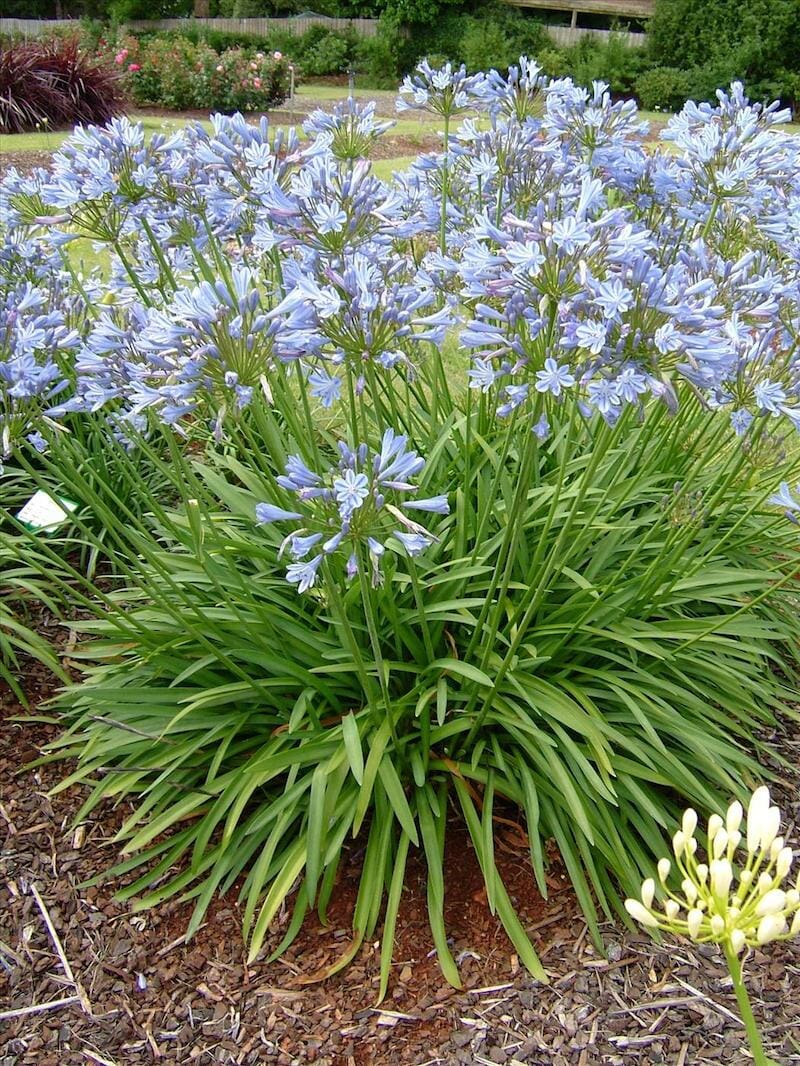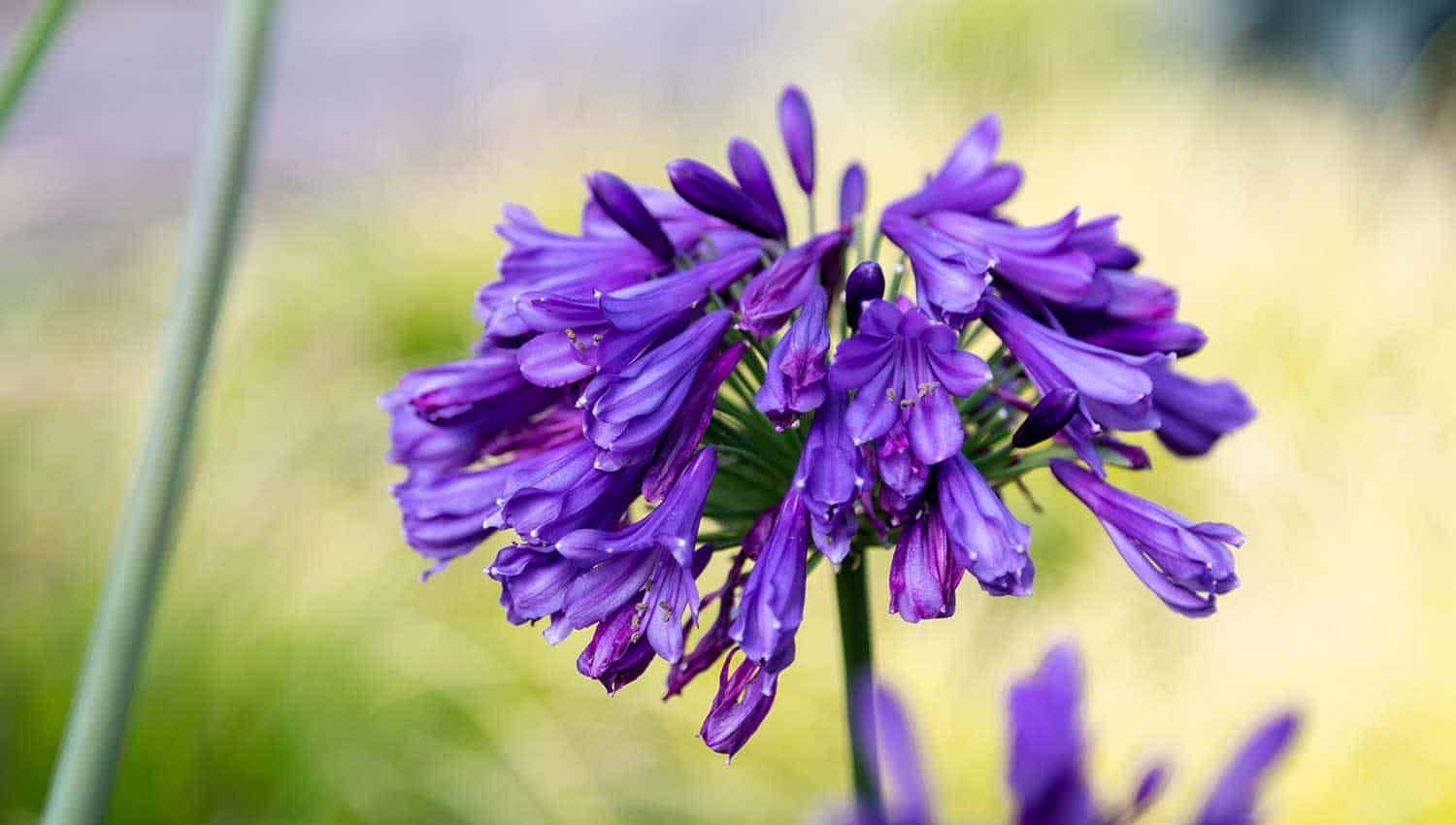Releasing the Secret to Successful Agapanthus Cultivation: Advice for a Flourishing Garden
In the world of horticulture, cultivating agapanthus effectively needs a critical approach that encompasses numerous facets of plant care. With mindful interest to detail, one can open the tricks to nurturing these magnificent blossoms, resulting in a yard that grows with charm and vibrancy. By understanding the subtleties of agapanthus cultivation, one can produce a setting where these plants flourish and flower abundantly. In the adhering to conversation, we will explore essential tips and methods that will certainly guide you in the direction of a prospering agapanthus yard, supplying understandings into finest methods, soil conditions, sprinkling techniques, and much more.
Growing Agapanthus: Ideal Practices
When planting Agapanthus, proper dirt prep work is vital for making sure successful development and growth of these gorgeous flowers. Agapanthus, typically understood as Lily of the Nile or African lily, flourishes in well-draining dirt with a somewhat acidic to neutral pH level - Agapanthus. Before growing, it is critical to change heavy clay dirts with raw material such as garden compost or peat moss to improve drainage and give essential nutrients for the plants
To plant Agapanthus, select a location that obtains full sunlight to partial shade, as this will certainly promote healthy development and plentiful flowering. Dig an opening twice the size of the plant's origin ball and put the Agapanthus at the same depth it was previously growing. Carefully backfill the opening with soil, weighing down strongly to remove any type of air pockets around the roots.
Water the recently planted Agapanthus completely and remain to maintain the soil equally wet, specifically during the plant's active expanding season. Agapanthus. Using a balanced fertilizer once a month can even more sustain the plant's development and blooming. By following these finest methods for planting Agapanthus, you can develop a sensational screen of these exciting flowers in your garden
Ideal Dirt Issues for Agapanthus
For optimum development and flowering success of Agapanthus plants, guaranteeing the dirt problems are suitable is vital. Agapanthus prospers in well-draining dirt with a somewhat acidic to neutral pH degree varying from 6.0 to 7.0. This sort of soil enables appropriate water drain, stopping waterlogging which can cause root rot. To enhance dirt drainage, take into consideration adding organic issue such as compost or peat moss when preparing the planting website. Additionally, Agapanthus favors soil that is rich in nutrients, so including a well balanced plant food throughout the expanding period can advertise healthy development and vibrant blooms.

Watering and Fertilizing Tips
To ensure healthy and balanced development and dynamic blossoms, appropriate watering and fertilizing methods are vital for successful Agapanthus cultivation. Agapanthus plants gain from normal watering, specifically during the expanding season. It is suggested to water deeply as soon as a week, making sure the soil is moist however not soaked. Throughout heat or in pots, more regular watering may be needed to protect against the soil from drying completely.
When it involves fertilizing Agapanthus, a balanced fertilizer with equal parts nitrogen, phosphorus, and potassium can be used in the spring to promote healthy development and blooming. Slow-release fertilizers are ideal for providing nutrients progressively over an extensive period. Prevent over-fertilizing, as this can bring about extreme vegetation growth at the expenditure of blossoms.
Furthermore, including raw material like compost into the soil can enhance nutrient degrees and enhance soil framework, aiding in the overall wellness of the Agapanthus plants. By following these watering and feeding suggestions, garden enthusiasts can guarantee their Agapanthus plants prosper and create sensational display screens of blossoms.
Trimming and Deadheading Strategies
Proper pruning and deadheading techniques play a vital role in maintaining the health and wellness and looks of Agapanthus plants, complementing the important practices of watering and fertilizing for successful farming. Trimming Agapanthus includes removing invested blossom heads, yellowing or dead leaves, and total shaping of the plant to promote better growth. Deadheading, the process of eliminating faded flowers, not just boosts the plant's look however likewise urges additional growing.
When deadheading Agapanthus, it is suggested to snip off the flower stem at the base making use of sharp, clean shears. This process reroutes the plant's energy from seed manufacturing back right into root and vegetation growth, promoting a healthier and a lot more durable plant. Normal deadheading can prolong the growing her response period of Agapanthus and prevent self-seeding, which can lead to overcrowding.
In terms of trimming, Agapanthus generally take advantage of a light trim after blossoming to clean the plant and motivate fresh development. Reducing back the invested flower stems and eliminating any kind of dead or damaged foliage assists keep the plant's vitality and total appearance. Nonetheless, it is vital to avoid reducing right into the crown of the plant, as this can deteriorate its health and wellness.

Protecting Agapanthus From Vermins and Diseases
Executing reliable bug and disease monitoring methods is crucial to protecting the health and vigor of Agapanthus plants in farming. Agapanthus are usually sturdy plants, but they can still succumb to various bugs and diseases otherwise properly taken care of. One usual bug that influences Agapanthus is the Agapanthus borer, a caterpillar that tunnels right into the plant, causing damages to the flowers and fallen leaves. To avoid problems, routine assessment of the plants is vital. If borers are detected, they can be manually eliminated, or insecticidal soap can be made use of as a control step.
Along with pests, Agapanthus are vulnerable to conditions such as root rot and fungal leaf spots. These problems can commonly be Web Site stopped by making certain proper drainage and staying clear of overwatering. If indications of illness show up, affected parts of the plant must be immediately removed to avoid further spread. Fungicides may likewise be made use of as a therapy step, following the supplier's guidelines carefully. By staying cautious and resolving parasite and condition concerns promptly, gardeners can aid their Agapanthus thrive and prosper.

Final Thought
In verdict, successful farming of agapanthus needs correct growing strategies, ideal soil problems, sufficient watering and fertilizing, normal pruning and deadheading, and protection from diseases and pests. By have a peek here following these ideas and methods, gardeners can ensure a prospering garden full of attractive agapanthus blossoms. Agapanthus. Keep in mind to keep regular care and focus to detail to advertise the health and wellness and durability of these stunning plants
When planting Agapanthus, proper soil preparation is essential for making sure effective growth and advancement of these lovely blossoms.Water the newly planted Agapanthus completely and proceed to keep the soil uniformly damp, especially throughout the plant's active growing season.For ideal growth and growing success of Agapanthus plants, making sure the dirt problems are suitable is crucial. When planting or transplanting Agapanthus, make certain the soil is well-prepared to provide the required foundation for the plants to develop themselves successfully. One common insect that influences Agapanthus is the Agapanthus borer, a caterpillar that passages right into the plant, creating damage to the leaves and flowers.